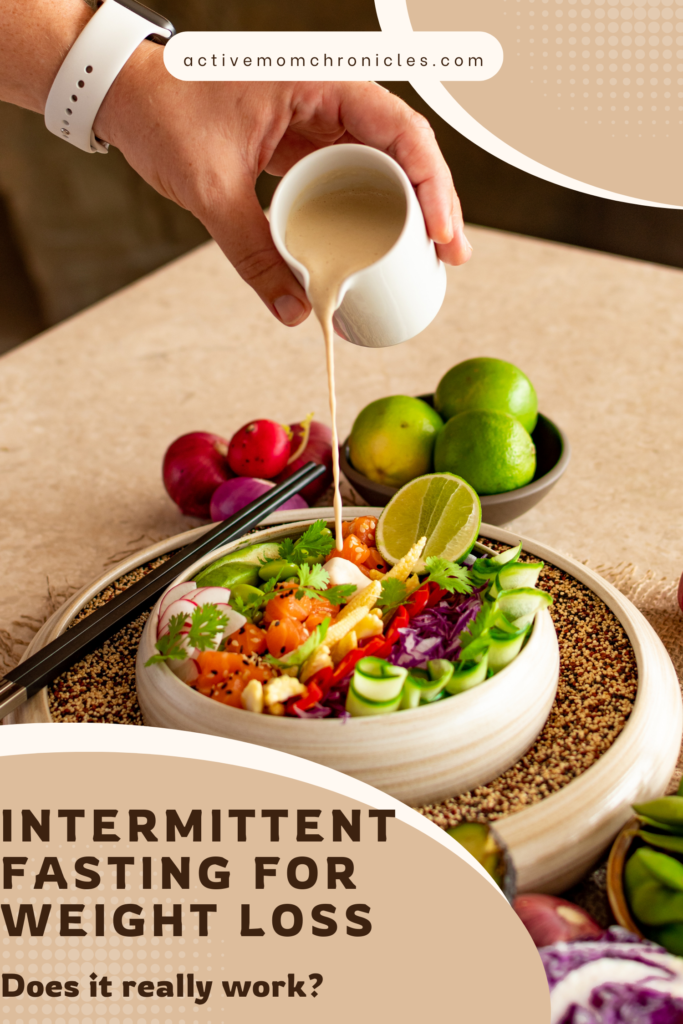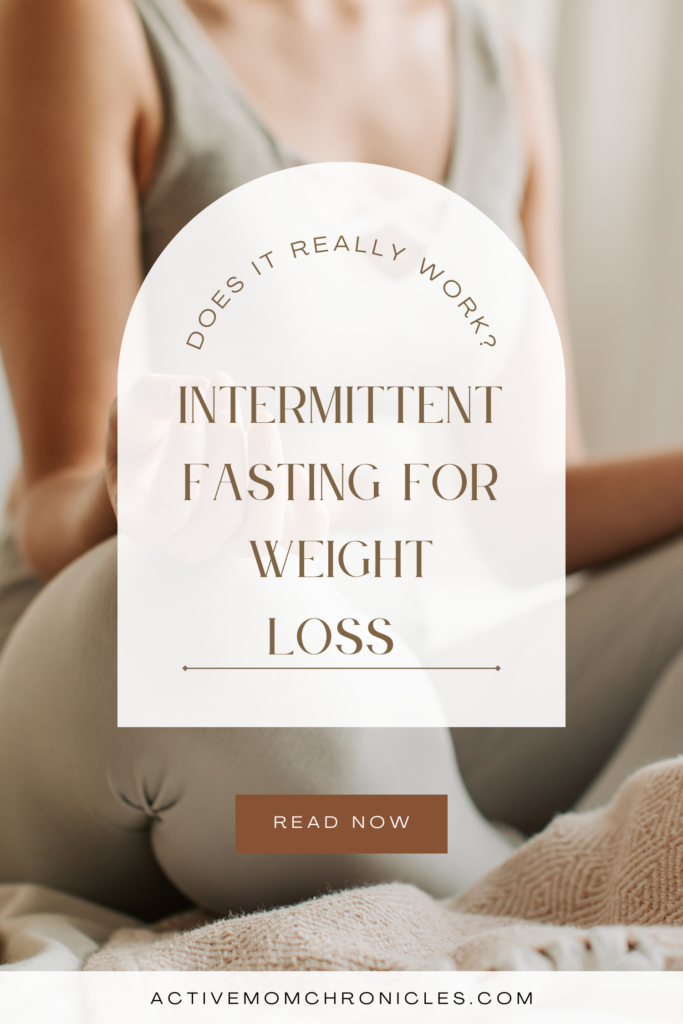Intermittent fasting (IF) has gained popularity as an effective approach for weight loss, metabolic health, and longevity. However, women may experience unique benefits and challenges when following IF. This guide covers what intermittent fasting is, its benefits, potential side effects, the best methods for women, and whether it truly works for weight loss.
What is Intermittent Fasting?
Intermittent fasting is an eating pattern that cycles between periods of eating and fasting. Unlike traditional diets that focus on what to eat, IF focuses on when you eat. Common fasting durations range from a few hours to full-day fasts.
Potential Benefits of Intermittent Fasting for Women
Women may experience unique advantages with intermittent fasting, including:
1. Weight Loss & Fat Loss
IF can help reduce caloric intake while promoting fat loss and muscle retention. Studies show that intermittent fasting can be just as effective as traditional calorie restriction for weight loss.
🔹 Evidence: A 2020 study published in Obesity found that time-restricted eating (e.g., 16:8) led to significant weight loss and improved metabolic markers in women.
2. Improved Insulin Sensitivity
Fasting periods allow the body to lower insulin levels, making it easier to burn stored fat. Improved insulin sensitivity reduces the risk of type 2 diabetes.
🔹 Research: A study in Translational Research found that intermittent fasting can reduce fasting insulin levels by 20-31% in some individuals.
3. Hormonal Balance & Brain Health
- IF may support hormone regulation by improving growth hormone and autophagy (cell repair process).
- Some studies suggest it may protect brain health, reducing the risk of Alzheimer’s and Parkinson’s.
Potential Side Effects & Risks for Women
While intermittent fasting has benefits, women may face hormonal fluctuations that affect health and well-being.
1. Hormonal Disruptions
Fasting can impact reproductive hormones, potentially leading to irregular periods, lower estrogen levels, and fertility issues. Women with a history of PCOS, thyroid disorders, or amenorrhea should proceed with caution.
2. Increased Stress & Cortisol Levels
Extended fasting may elevate cortisol (stress hormone), leading to anxiety, irritability, and disrupted sleep.
3. Overeating During Eating Windows
Some women experience binge eating or an obsession with food when following strict fasting regimens, which can counteract the benefits.

Who Should Try Intermittent Fasting?
IF may be beneficial for healthy women looking to improve metabolic health. However, it may not be suitable for:
- Women with stable menstrual cycles and no history of eating disorders.
- Pregnant or breastfeeding women, as they need consistent calorie intake.
- Women with a history of disordered eating or hormonal imbalances (e.g., PCOS, thyroid issues).
Common Intermittent Fasting Methods for Women
Not all fasting methods work the same way. Here are the most common ones and how they affect women:
1. 12:12 Method (Beginner-Friendly)
✔️ 12 hours of fasting, 12-hour eating window.
✔️ Suitable for beginners and those with hormonal concerns.
2. 16:8 Method (Most Popular)
✔️ 16 hours of fasting, 8-hour eating window.
✔️ Effective for weight loss and metabolic health.
✔️ Best suited for women who tolerate fasting well.
3. 5:2 Diet
✔️ Eat normally for 5 days, restrict calories to 500-600 kcal on 2 days.
✔️ May be easier to sustain than daily fasting.
4. Alternate-Day Fasting (ADF)
✔️ Fast every other day, eating normally on non-fasting days.
❌ Not recommended for most women, as it may cause hormonal imbalances.
5. One Meal a Day (OMAD)
✔️ Eating all calories in one meal per day.
❌ Not ideal for women, as it can stress the body and disrupt hormones.

Which Method is Best for Women?
The best fasting method depends on your individual goals and how your body responds.
- Best for beginners & hormonal balance: 12:12 or 14:10
- Best for weight loss & metabolic health: 16:8 or 5:2
- Avoid if sensitive to fasting: OMAD & Alternate-Day Fasting
Does Intermittent Fasting Work for Weight Loss?
Yes! Intermittent fasting can be an effective weight loss strategy by reducing calorie intake, improving insulin sensitivity, and increasing fat burning.
🔹 Study Evidence: A 2021 systematic review in JAMA Network Open found that intermittent fasting led to modest weight loss (3-8% of body weight over 3-24 weeks), comparable to traditional calorie restriction.
Tips for Women to Succeed with Intermittent Fasting
✔️ Start slow – Begin with 12:12 or 14:10 before progressing to longer fasts.
✔️ Prioritize nutrient-dense meals – Focus on protein, fiber, and healthy fats.
✔️ Stay hydrated – Drink water, herbal teas, and electrolytes.
✔️ Listen to your body – If you feel weak or overly stressed, adjust your fasting window.
✔️ Don’t obsess over the clock – If you’re hungry, eat! Flexibility is key.
Conclusion: Should Women Try Intermittent Fasting?
Intermittent fasting can be a powerful tool for weight loss, metabolic health, and longevity. However, women must be mindful of hormonal changes and choose a fasting schedule that supports their body’s needs.
If you’re considering IF, start with a gentle approach like 12:12 or 14:10, prioritize nutrient-dense foods, and listen to your body.
Are you currently practicing intermittent fasting? Which method works best for you? Let’s discuss in the comments!







Leave a Reply